-
Imagine you
had to order your last meal. What would you request? What if
you were in a Mexican (or some other Spanish speaking country) prison,
could you do it en español?
-
Do you like
to eat? What's your favorite food? If you were going to travel
to visit a pen-pal in Spanish speaking country and s/he had asked you to
make a list of foods you like and do not like en
español so his parents could shop appropriately,
could you do it? After studying this vocabulary you should be able
to.
| Please
note: Printing
this page would require an enormous amount of paper. If you need
to see something in print, I suggest you copy and paste a selection into
a document and then print. |
First,
review the list that follows. If you do not have this list written
down somewhere, now would be a good time to copy it. Of course this
list is not complete- that would take forever to create and learn.
It is fairly extensive, however, and you should be able to at least start
conversing about your eating habits.
el agua-
water; el arroz-
rice; la banana-
banana; el bistec
(biftec)
- steak; el bocadillo-
sandwich or small snack; el
brécol- broccoli;
el
café- coffee;
la calabaza-
squash or pumpkin; el
caramelo- candy bar;
la
carne de cerdo- "meat
of pig"(pork); la carne
de vaca- "meat of cow"
(beef); la cebolla
-
onion; el cereal
- cereal; las cerezas-
cherries; la cerveza-
beer; el coliflor-
cauliflower;
el dónut-
doughnut; los dulces-
sweets, candy; la ensalada-
salad; los fideos-
noodles; los frijoles-
(dried) beans; la galleta-
cookie, cracker; los
guisantes- peas; las
habichuelas- green beans;
la
hamburguesa (con
queso)- hamburger (cheeseburger);
el helado-
ice cream; los huevos-
eggs; el jamón-
ham; jugo
(el zumo)
- juice; el jugo de...(manzana,
naranja, etc.) - (apple,
orange, etc.) juice; la
langosta (del
mar) - lobster; la
leche- milk; la
lechuga- lettuce; la
limonada - lemonade;
el maíz-
corn; la mantequilla-
butter; la mantequilla
de cacahuate- peanut
butter; la manzana-
apple; el melocotón-
peach; el melón-
melon; la naranja-
orange; el pan-
bread; el panecillo-
roll; las papas fritas-
french fries or chips; la
pasta (las
pastas)- pasta, noodles;
el
pastel- pie or cake;
la patata
(las papas)- potato(es); el
pavo - turkey; el
pepino- cucumber; el
pescado - fish (for a
meal, the live animal is a "pez"); la
pimienta - pepper (seasoning);
el pimiento
- pepper (the
vegetable);el plátano
- plantain, banana; el
pollo - chicken; el
queso- cheese; el
refresco (la
gaseosa)- soft drink,
soda; el rosbif-
roast beef; la sal
- salt; la sandía
- watermelon;
el sándwich-
sandwich; la sopa
- soup; la tarta-
pie, tart; el té
- tea; el tocino -
bacon; el tomate-
tomato; la toronja
- grapefruit; la tortilla-
tortilla (Learn the difference betweeen an Maerican and a Spanish tortilla.
Tell someone. Spread the knowledge.); la
torta - cake; la
tostada- toast; las
uvas- grapes; el
vino - wine (el vino
tinto= red wine, el vino blanco = white wine); el
yogur - yogurt; la
zanahoria - carrot
Now
that you have the list, what can you do with it? The object is to
learn the vocabulary, and the best way to do that is by using it.
So let's get started.
Make flash
cards and do some flash card learning/studying activities (as described
on the vocabulary index page).
Do the
following activities- designed to help you use- and therefore learn- how
to talk about the foods you like.
The following
lists can be written, or you can categorize them, using flashcards.
-
Make a list
of your ten favorite foods.
-
Make a list
of your ten least favorite foods.
-
Write the
list of foods you will need to prepare a complete dinner party for a group
of friends.
-
Create a list
of the beverages you will serve at your party.
-
Think of a
few different holidyas. List the foods you typically associate with
five of these holidays.
-
What fruits
(vegetables, meats, desserts, grains, beverages, etc.) do you consume?
Which ones do you not eat.
-
Think of other
lists you can create.
Can you
identify the following pictures? See which ones you know.
On a sheet of paper, write the numbers of the ones you do not know or get
wrong. This will help you determine what you still have yet to learn.
Click on the picture to see if you are correct.
1 2
2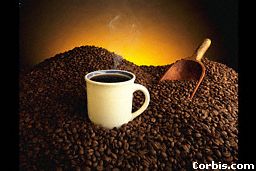 3
3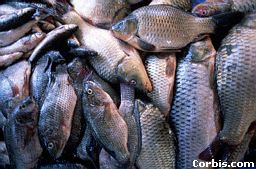 4
4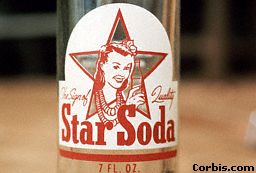 5
5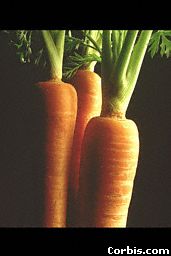
6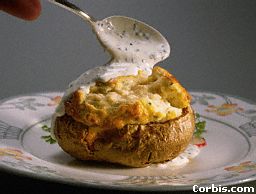 7
7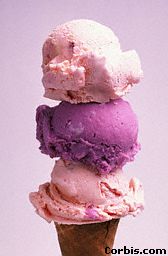 8
8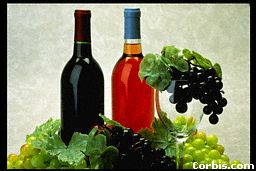 9
9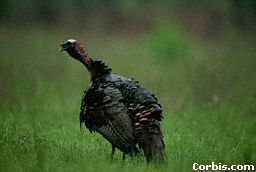 10
10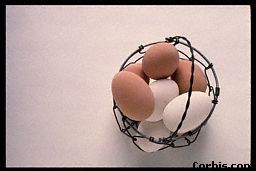
11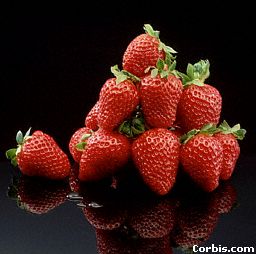 12
12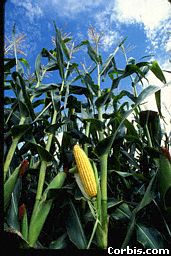 13
13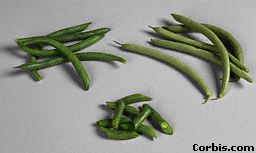 14
14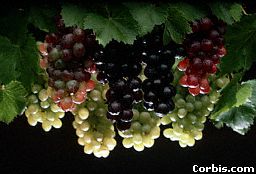 15
15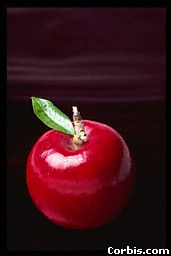
16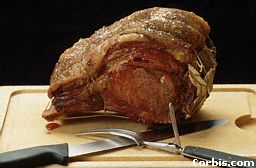 17
17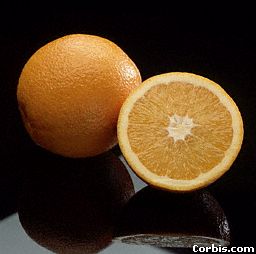 18
18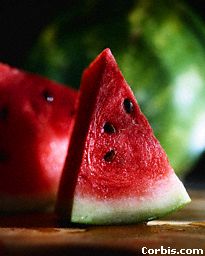 19
19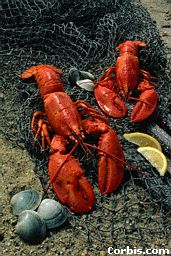 20
20 21
21
22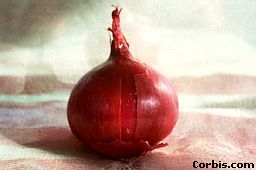 23
23 24
24 25
25 26
26
27 28
28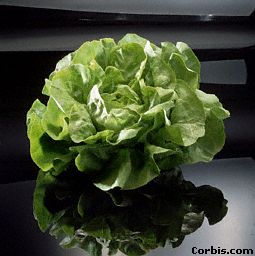 29
29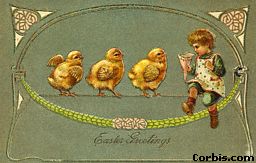 30
30 31
31 32
32
Answer
the following questions in complete Spanish sentences:
-
¿Comes
muchas frutas? ¿Cuáles? ¿Qué frutas no
te gustan?
-
¿Comes
mucha carne? ¿Qué carnes comes? ¿Cuántas
veces la semana comes carne de vaca? ¿carne de cerdo? ¿pollo?
¿pescado? ¿Qué carnes no te gustan?
-
¿Comes
pavo? ¿Cuándo?
-
¿Comes
muchos vegetales? Cuáles? ¿Qué vegetales no
te gustan?
-
¿Comes
postre todos los días? ¿Cuál es tu postre favorito?
¿Cuándo lo comes?
-
Usualmente,
¿qué comes para el desayuno? y ¿almuerzo?
-
Imagine
you had to choose your last meal, ¿Qué
comerías? (Comería.....)
Talking
and writing about your eating habits
First of all,
you can use three basic verbs when talking about consumption. Pay
close attention to using the correct form- subject and tense agreement.
-
comer(to
eat)- (present= eat,eats) como,
comes, come, comemos, comen;
(past= ate)- comí,
comiste, comió, comimos, comieron; (imperfect=
used to eat) comía, comías,
comía, comíamos, comían
-
beber
(to drink)
(present= drink, drinks)
bebo, bebes, bebe, bebemos, beben: (past=
drank) bebí, bebiste,
bebió, bebimos, bebieron; (imperfect=
used to drink) bebía,
bebías, bebía, bebíamos, bebían
-
tomar(to
take, consume) (present= take, takes; consume,
consumes) tomo, tomas,
toma, tomamos, toman; (past
= took, consumed) tomé,
tomaste, tomó, tomamos, tomaron; (imperfect=
used to take, consume)
tomaba, tomabas, tomaba, tomábamos, tomaban
When communicating,
be sure to be as accurate in terms of structure as you can be. Answer
these questions using the correct forms of the verbs above- pay attention
to the tense.
-
¿Qué
comes usualmente para el almuerzo? Usualmente como.....
-
¿Qué
comiste anoche [last night]
para la cena? Anoche comí....
-
Cuando eras
niño (niña) [When you
were a little boy (girl)], ¿qué
comías más? Cuando era niño (niña), comía....
Now try to
answer these the same way, without help:
-
¿Qué
bebes usualmente por la mañana?
-
¿Qué
bebiste anoche con la cena?
-
Cuando eras
niño (niña), ¿qué bebías?
Sometimes
you have to just use the infinitive, too. What do you like to
drink with supper? I like to
drink milk. > ¿Qué te gusta
beber
con la cena? Me gusta beber
la leche. Practice this by copying the phrases and completing the
sentences.
-
Para desayuno,
me gusta comer......
-
Usualmente
prefiero beber..........por la mañana.
-
Para mantener
la buena salud (in order to maintain good health), tengo que comer.........
-
El viernes
que viene voy a comer.................
-
Para la cena
hoy voy a comer............
-
Me gusta beber..........cuando..........
Other basic
words you should know:
-
The meals
(in order)= el desayuno,
el
almuerzo, la cena
-
Also there
is "la comida"
which signifies "food" "meal" or "dinner"
-
la merienda
is a snack or picnic
-
un bocado
is a mouthful, and is also used to represent a small, light snack.
-
Positive words
(adjectives) used to describe food: delicioso,
rico (rich, delicious),
sabroso (scrumptious,
really exquisite), bueno
-
Negative adjectives
for food: malo,
repugnante, terrible, detestable
-
Other words
you might use: caliente (hot-
temperature); frío
(cold);
picante (hot- spicy);
dulce (sweet);
agrio (sour)
¡Conversemos!
Click on the numbers to hear
a question. Respond to it- speaking is preferable, or you can write
your answers. Practice using the language!
1
2
3
4
5
6
7
Mini-projects:
-
Create a menu for the week- including
entire meals and snacks. Try to repeat as little as possible.
-
Create a children's "foods" book-
written entirely in Spanish, categorized and illustrated.
-
Create a physical/visual project
that demonstrates your eating habits. Be creative- make a poster,
colloge, mobile, etc. Include or attach a written explanation of
what you have included.
Picture
answers:
1.
brécol
2.
café
3.
pescado
4.
gaseosa, refresco
5.
zanahorias
6.
patata, papa
7.
helado
8.
vino
9.
pavo
10.
huevos
11.
fresas
12.
maíz
13.
habichuelas
14.
uvas
15.
manzana
16.
rosbif
17.
naranjas
18.
sandía
19.
langosta (del mar)
20.
pimientos
21.
leche
22.
cebolla
23.
cereal
24.
frijoles
25.
hamburguesa con queso
26.
jamón
27.
jugo de naranja
28.
lechuga
29.
pollo (frito)
30.
queso
31.
té
32.
sal y pimienta
 2
2 3
3 4
4 5
5
 7
7 8
8 9
9 10
10
 12
12 13
13 14
14 15
15
 17
17 18
18 19
19 20
20 21
21
 23
23 24
24 25
25 26
26
 28
28 29
29 30
30 31
31 32
32